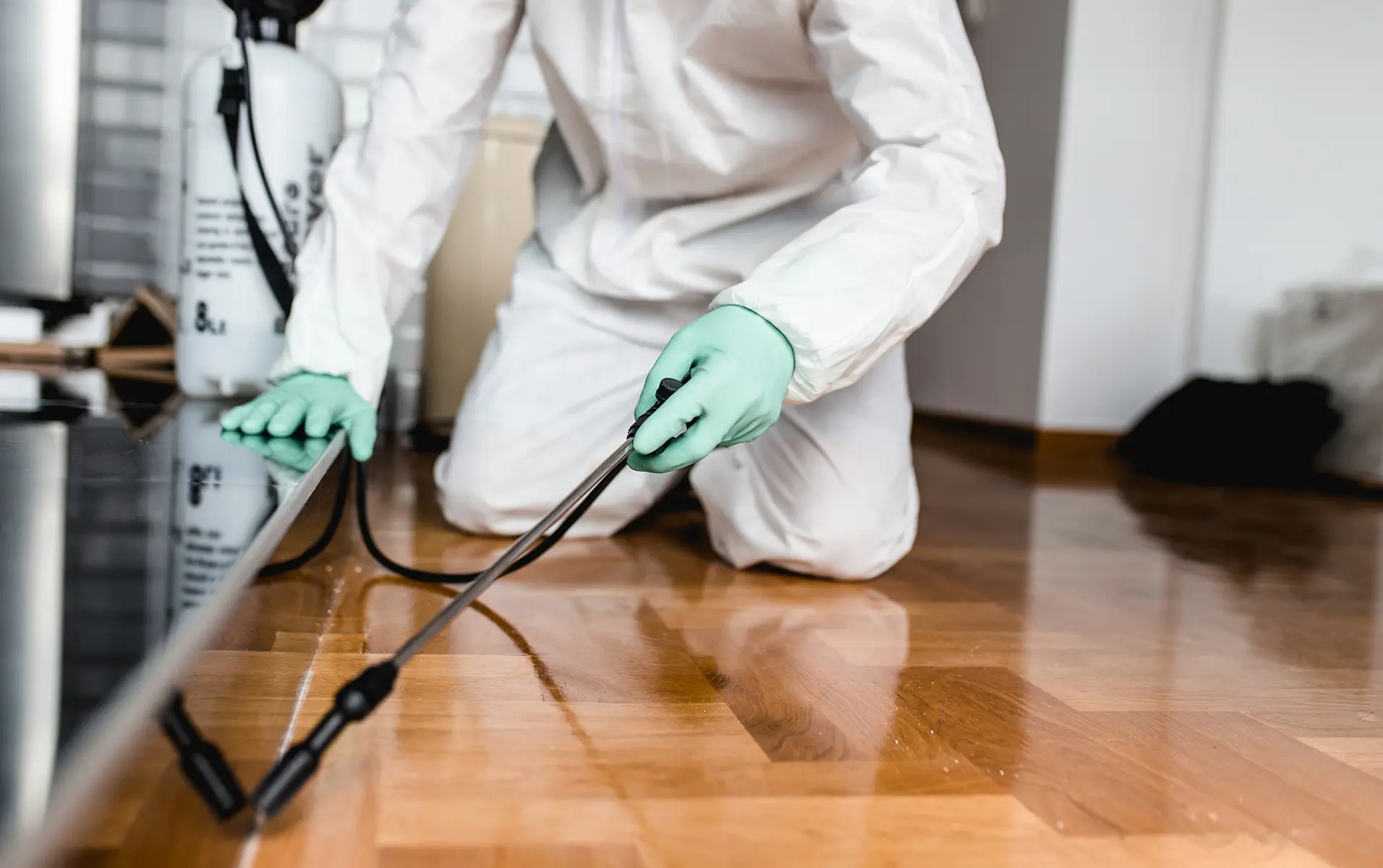Climate change is fundamentally altering our surroundings, and its effects are becoming progressively clear in multiple aspects of our lives. One significant result of these changes in climate is the impact on insect numbers, which can pose challenges for homeowners and businesses alike. As heat rise and climate conditions become more erratic, pests are adapting and changing their behaviors, resulting in more frequent infestations in our houses and neighborhoods.
Grasping the effect of climate change on pest control is essential for creating effective strategies to keep our living spaces pest-free throughout the seasons. From springtime invaders to winter rodent problems, being cognizant of how climate variations affect pest behavior can empower us to take proactive measures. This article will discuss typical household pests, the importance of professional pest control, and practical tips for keeping a pest-free space in each season. Let's explore the essential information you need to protect your home and loved ones against these tenacious intruders.
Comprehending Insect Behavior and Climate Change
Climate change are transforming environments across the world, and pest populations are not excluded. Rising temperatures and shifting weather trends are establishing more beneficial conditions for many common household bugs. For instance, warmer winters allow insects like bed bugs and German roaches to thrive and reproduce in areas where they before faced challenges to exist. As the climate continues to heat up, pests may move into new regions, introducing with them a host of issues for pest control.
Moreover, increased precipitation and humidity can exacerbate the dangers posed by pests. Mold and fungus flourish in wet conditions, often drawing insects such as cockroaches and ants that can cause significant destruction to homes and buildings. Residents must be alert in recognizing these environmental changes, as they immediately lead to the proliferation of pests. Comprehending this link between environment and pest habits is essential for effective pest management methods.
Ultimately, the effect of climate change on pests can also bring new challenges in regulating their populations. Traditional pest control techniques may prove less effective as pests adapt to new conditions. For instance, DIY pest control approaches may fall short as pests develop resistance to certain treatments. It’s essential for residents to remain updated about the changing pest environment and explore more holistic approaches, including regular professional pest control assistance, to ensure their properties pest-free all year long.

Successful Pest Management Techniques
To successfully handle pest populations in your home, it is crucial to utilize a combination of proactive measures, monitoring, and treatment strategies. Begin by making sure that your home is properly sealed. This includes checking for cracks in walls, openings around doors and windows, and blocking any entry points where pests can enter. Ensuring a tidy living environment is also key; regularly cleaning your kitchen and dining areas minimizes food sources that draw pests. Additionally, preventing standing water can help mitigate many pest issues, especially mosquitoes.
Frequent inspections carry a vital role in timely detection of pest problems. By monitoring areas where pests are likely to invade, such as basements, attics, and crawl spaces, you can recognize potential infestations before they become severe. Scheduling professional pest control services regularly can further enhance your home’s protection. These professionals have the expertise and tools required to diagnose various pests and carry out efficient control methods that are non-toxic and eco-friendly.
When it comes to addressing existing infestations, it is vital to decide on the suitable approach based on the type of pest and the seriousness of the problem. For https://diigo.com/0z6et6 , some household pests like ants and roaches may be effectively managed to baiting systems, while others including bed bugs might call for more extensive treatment plans. Always adhere to the guidelines for application and safety, especially when utilizing chemical treatments. By merging these strategies, you can formulate a strong pest management plan that ensures your home free from pests year-round.
Preemptive Actions for Continuous Pest Control
To ensure a pest-free environment for the entire year, adopting preventive measures is crucial. Begin by sealing any cracks and crevices in your home’s exterior, as these openings serve as entry points for multiple pests. Verify that windows and doors fit securely and add weather stripping if needed. Regularly inspect your home for traces of pests and resolve any infestations immediately to prevent more problems.
Additionally, ensuring clean indoor and outdoor areas can greatly reduce the likelihood of pest invasions. Keep food stored in sealed containers and quickly clean up spills and crumbs. Outdoor areas should be kept orderly, with debris and standing water eliminated, as these attract pests like mosquitoes and rodents. Proper waste management also plays a crucial role, so ensure trash bins are secured and removed regularly.
Lastly, consider scheduling regular pest inspections with a professional pest control service. These inspections can detect potential issues before they escalate, providing peace of mind and ensuring that your home remains secure year-round. With vigilance and preventive measures, you can effectively manage pest populations and safeguard your living space.
